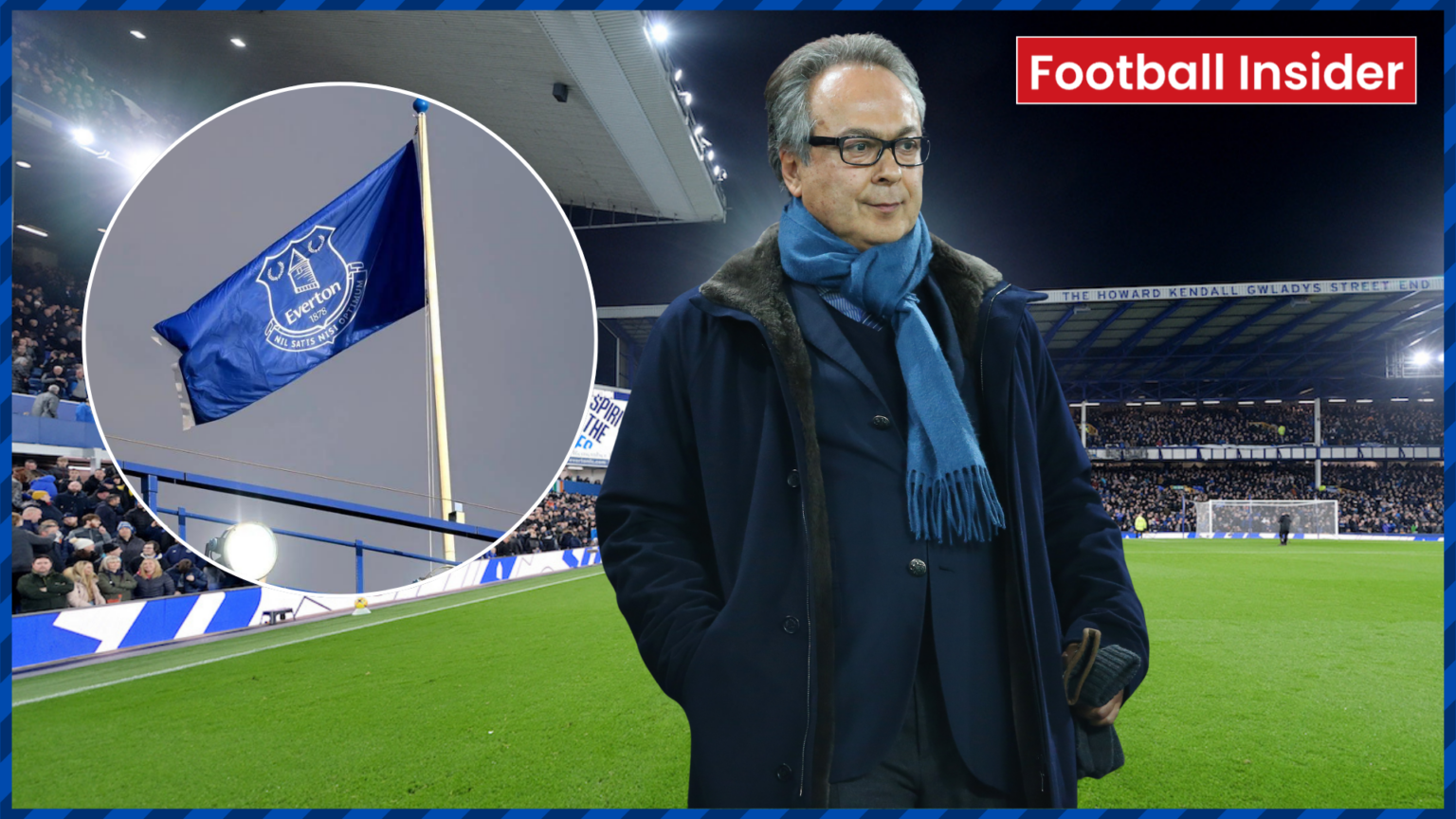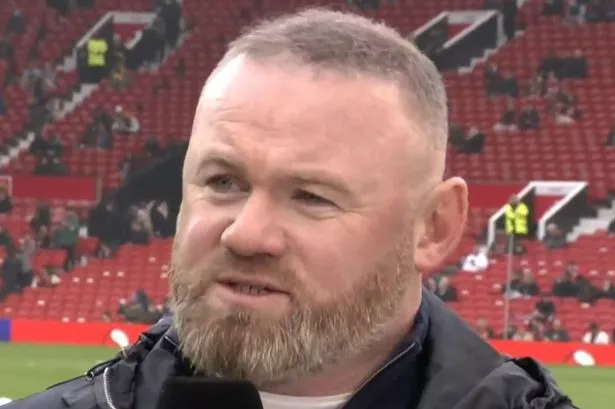
Despite disappointing league finish, injury-ravaged Everton show promise in WSL

On numbers alone, onlookers could be forgiven for thinking Everton fans would be disappointed in their team’s performance in the Barclays Women’s Super League this year. They’ve won fewer games and lost more, they’ve scored fewer goals and conceded more – meaning they’ve slipped below Tottenham and their Merseyside rivals Liverpool in this year’s table. Was their strong 6th-placed finish last summer an aberration – can they really keep up with the big names in the WSL?
Ask the fans who saw Megan Finnigan shock the Anfield crowd into silence in October, take Chelsea to the wire in the Adobe Women’s FA Cup quarterfinals, or snatch points from Arsenal with an unforgettable Issy Hobson goal in April. Those disappointing stats fall far short of telling the full story of a team who, beleaguered by injuries (and perhaps off-pitch difficulties for the whole club), have proven themselves as more than capable of competing with the top sides if they can hit a patch of consistency.
A Danish delight
Sørensen’s maiden campaign in 2022/23 showed definite promise, boosting them up from 10th into the top half of the table. The transfer window that followed saw several young loan talents return to their parent clubs, most notably Manchester City’s Jess Park and Chelsea’s Aggie Beever-Jones. However, they also brought in Justine Vanhaevermaet, Emma Bissell, Martina Piemonte, Heather Payne, and keeper Emily Ramsey – a testament to the club’s backing of Sørensen.
The belief from fans that the Dane could continue to push Everton up the table was clear, and he was also supported in the January window to bring in loan signings Kathrine Møller Kühl and Rikke Madsen, adding to the Danish contingent again. Supporting Sørensen in recruitment was an important move from the club – particularly against the backdrop of an injury crisis: no fewer than six players were carrying injuries in December, and Madsen and Kühl both proved important signings.
Results-wise, the season was a mixed bag. Though the cold, hard stats make worse reading than the previous campaign, they must be viewed in the context of the injury difficulties Sørensen faced in trying to field a consistent lineup, something he’s highlighted over the course of the season. In among those challenges and an assortment of discouraging losses (5-0 and 7-0 to Manchester United, 4-1 to Manchester City, 5-1 to Leicester City), there have been signs of progress.
Most of the Toffees’ dropped points have come in games where they were, admittedly, the underdogs – and they’ve looked a competitive side in the vast majority of their fixtures. The 0-1 scoreline in their FA Cup defeat to Chelsea belies a game where they were, in large parts, the better side, and gave the holders a real scare. And of course, their Merseyside derby win at Anfield against a Liverpool team who have seriously impressed this season will be a memory they hold dearly.
To his credit, Sørensen has remained committed to his tactical principles even in the face of personnel challenges. His possession-based, high-pressing approach has been coherent and interesting for fans to watch; it would have been easy to abandon in the interests of pragmatism due to the missing faces each week, but sticking to a consistent approach throughout could pay dividends once he has a fully fit squad.
The team have a clear understanding of the football Sørensen wants – the plan is now, it seems, understood, and it’s only the execution that remains. With more regularity in the starting lineup, that execution could come to fruition.
Finishing touches
However, the Toffees’ stumbling block all season has been the final third. Despite boasting the likes of Martina Piemonte and Aurora Galli in attack, they are the only WSL team with no players in the 25 top scorers this season.
They’ve scored only 24 goals (the lowest tally being 20 from both Bristol City and West Ham United) and a lack of ruthlessness in front of has cost them; they’ve failed to score in just over a quarter of games and even top scorer Katja Snoejis averages out at 354 minutes per goal. Again, injuries won’t have helped them find their attacking rhythm, but Sørensen has acknowledged that it’s a key area for improvement.
Looking to the future
In spite of their slip down the league table, Everton should be encouraged by the football they’ve played this season. Lady luck has stood firmly against them in terms of player availability, which has hampered their ability to deliver, but a clear identity and style has emerged. There’s promise on the horizon, too; Issy Hobson became the WSL’s youngest ever goalscorer with her late equaliser against Arsenal in April, right before the start of her GCSEs.
She is the kind of young talent that Everton’s management will want to keep and nurture – and they should be able to make themselves an attractive home for players like her. With some of the off-pitch pressure relieved by the men’s survival in the Premier League, the women’s team are in a strong position from which to grow. If they can tap into the potential this squad so clearly has, they can undoubtedly push into the top half of the table again.



Be the first to comment